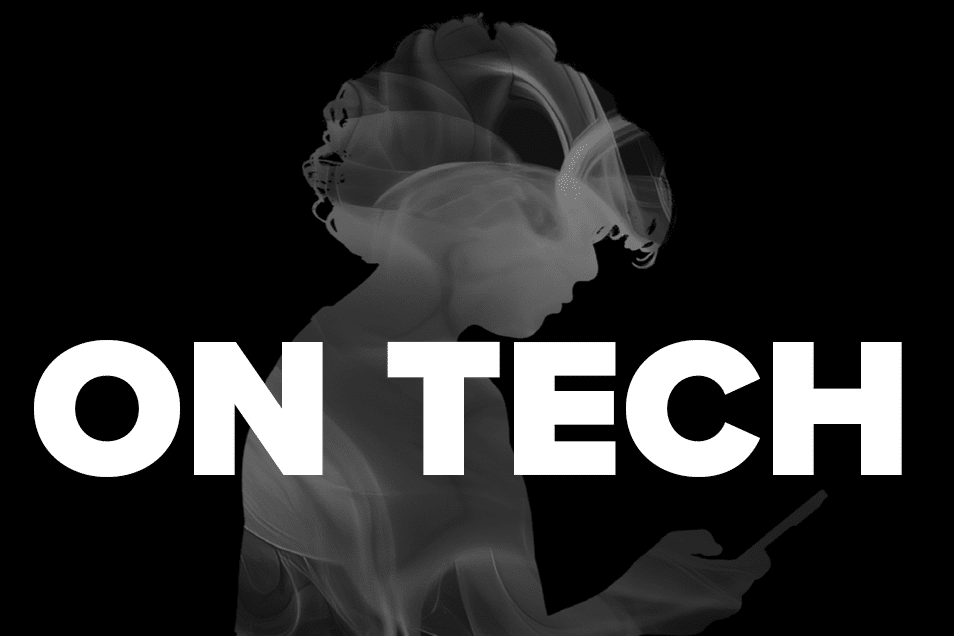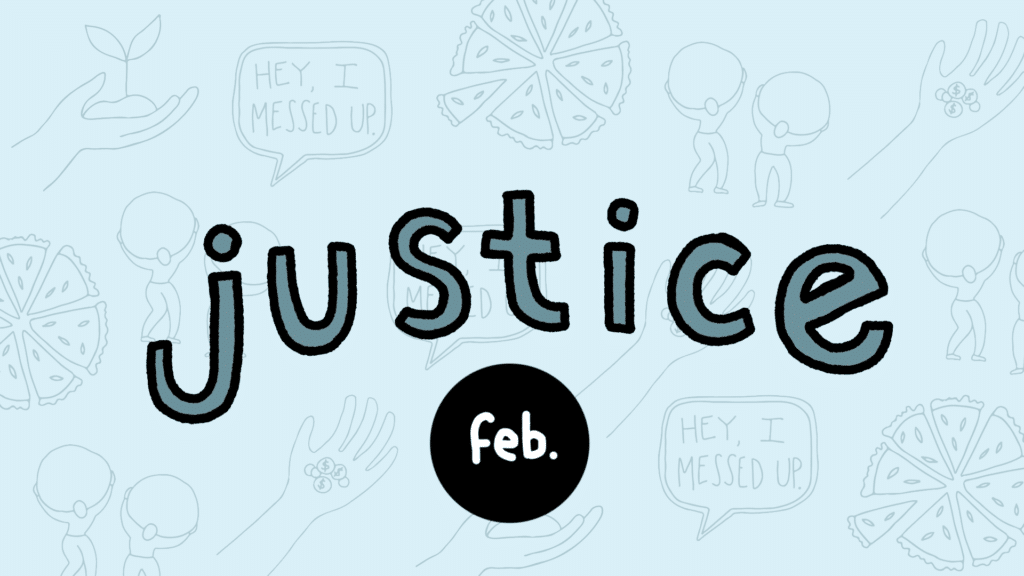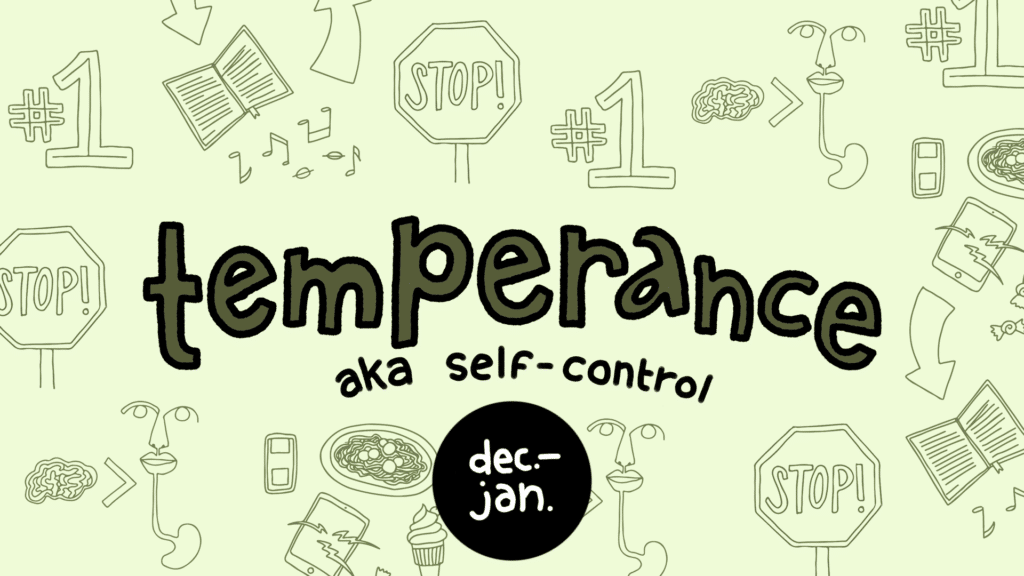Welcome to Thursday Thoughts, everyone! We’re back today with our next Cuppa Conversation and we’re meeting up again with Ana and Sophie as they continue their dialogue about Logic.
If you need a refresher on their last conversation, you can find Part I here. The link will also include the other 3 installments of our series with Dr. Kozinski.
Over a Monday morning coffee at Scout (after dropping Robbie and Katie off at SLOCA)
Sophie: Hi Ana! Did you get a chance to read Chapter 2 of The Trivium?
Ana: Well, yes and no. Technically, I read all the sentences in the chapter, but I’m not sure how many of them I actually read, if you know what I mean. Too many non-trivium–but non trivial!–matters this week for me to give the book the attention it needed. But, well, it’s better than nothing.
Sophie: This week was lighter for me, and so I did get to carve out a few hours. I actually read the Intro and Chapter 1 as well, and there was some really amazing stuff in there that helped make sense of Chapter 2. Mind if I talk about what I learned?
Ana: That’s great. Go for it.
Sophie: What I’m seeing now as I read more and more philosophical books like this one is that philosophy is much less about imparting new information or ideas, and more about providing new vocabulary and making “conceptual distinctions” (I learned this phrase in another philosophical book!) about stuff we already know. . . . Do you know what an “intransitive activity” is?
Ana: A what? No way.
Sophie: Yes you do! A transitive activity is one where the action begins in you and goes out to something or someone else, like when you throw a ball to me. Just think of verbs that take a direct object–throw, hit, send–they’re transitive. So . . .
Ana: So, intranstive actions are ones that begin and remain in me. Hmm, like swimming or walking or running? Yeah, you can’t add a direct object to these verbs, but only an adverb or prep phrase–I swam in the water, I walked fast. But what does this have to do with logic?
Sophie: I keep wanting to get into the details of logic, but then I keep returning to the big picture stuff. I think the big idea we are discussing is really important for getting logic and all the other particular liberal arts. So, the point of the transitive/intransitive distinction is to clarify what a liberal art even is, as distinct from other arts, and–and this is the best part– why they are superior to all other arts. Now this will take some unpacking, and you can help me, because I didn’t quite get it when I read it.
Ana: Ok, let’s read a passage and then talk about it. How about this one?
The utilitarian artist produces utilities that serve the wants of humanity; the fine artist, if he is of the highest order, produces a work that is “a thing of beauty and a joy forever” and that has the power to elevate the human spirit. In the exercise of both the utilitarian and the fine arts, although the action begins in the agent, it goes out from the agent and ends in the object produced and usually has a commercial value; and therefore the artist is paid for the work. In the exercise of the liberal arts, however, the action begins in the agent and ends in the agent, who is perfected by the action; consequently, the liberal artist, far from being paid for his hard work, of which he receives the sole and full benefit, usually pays a teacher to give needed instruction and guidance in the practice of the liberal arts.
Sophie: Wow, there’s a lot here. So, a carpenter, let’s say, works on wood, which is outside of himself, and makes a chair; and a painter works on canvas, outside of herself, and makes a painting. Transitive acts. The liberal artist, the student who studies, say, logic, who “combines concepts into judgments and judgments into syllogisms and chains of reasoning so as to achieve truth” (that’s taken from last week’s quote from Sister Miriam), acts upon her own self, her own mind.
Ana: But then the teacher of the liberal arts is not, at least while teaching, acting as a liberal artist, for he is performing a transitive activity. His teaching words begin in himself and go to the students, acting on their minds. But the liberal artist, when just practicing or studying a liberal art, must be performing an intransitive activity, forming or acting upon her own self. But I still don’t see why the liberal arts are superior. What about the fine arts? They produce beauty!
Sophie: Listen to this from Chapter 1: “Education is the highest of arts in the sense that it imposes forms (ideas and ideals) not on matter, as do other arts (for instance carpentry or sculpture) but on mind. These forms are received by the student not passively but through active cooperation.” So, the best art is one that “makes a mind,” because mind, being spiritual (well, I’d like to talk more about what that really means some time!) is more precious than anything material, even the most beautiful sculpture.
Ana: Ok, now I can see why so many people skeptical of a liberal-arts education always say, “What are you going to do with a liberal-arts education?” They’re mistaking an intransitive activity, like studying for the sake of truth and the perfections of one’s mind, for a transitive activity, like studying in order to learn a professional skill. And so they wonder: “Who in the world is going to hire a liberal artist!” They are looking for some transitive direct object, an external product or result, like the carpenter’s chair or the painter’s painting–you can sell those!–but they are missing the more valuable “product,” a more perfect mind!
Sophie: So, getting back to logic. The liberal art of logic is invaluable, not primarily for its transitive applications, such as writing publishable articles, speaking persuasively to a paying audience, or effectively solving real-world problems as a paid consultant, but for its intransitive effects, the perfection of one’s mind, making it more logical, more open to and capable of truth, less open to and capable of error, more in touch with and reflective of reality rather than fantasy, wishful thinking, and illusion, in short, more able to see things as they really are. What could be more valuable than that!
Ana: I agree. More to think about next time! We didn’t even get to Chapter 2! Well, we can read it again–or for the first time ; ).
What do YOU think? Do you value transitive activities vs. intransitive actions? We’re curious to hear what you think of these conversations! Let us know in the comments below. Until next time!











